I have dallied with all sorts of Dry Martini serves over the years. For the longest time, I favoured a shaken, 6:1 gin:vermouth ratio served with an olive. This was drunk because I essentially had no idea what I was doing, and shaking it was just more convenient than stirring. I gradually realised that I did not care for the olive oily taste imparted to the last few millilitres of the cocktail, although eating the gin-soaked olive was very fine indeed. I ejected the olive, and started to favour a little spiral of lemon peel – something I would struggle to make until I bought a decent zest tool. Latterly, I have dropped the shaking in full realisation that a good Dry Martini has a silky mouthfeel that is significantly better with a stirred cocktail. In the last month, I read the method of Simon Hopkinson, watched a few pro barmen make them, and finally settled on a 6:1 Martini, stirred with a lemon twist. The recipe and method for this is given below.
Before you go and make a Dry Martini, it is worth pausing to understand this classic drink in a little more detail. If you happened to have the intellectual capacity to build a time machine, and the overwhelming sense of adventure to use it, then setting it to New York, 1902 would materialise you to a city alive with cocktail culture. Ordering a Martini, however, would result in something of a surprise. You would generally get a drink that was close to 50:50 gin and vermouth, and it would probably have orange bitters in it. This brew is the original Martini, and it is very likely that it got its name from the Martini brand of vermouth, named for the company’s founder Alessandro Martini.
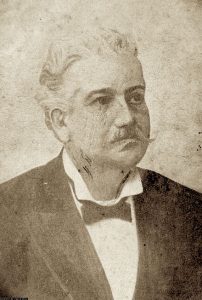
Alessandro Martini (1812–1905) – founder of Martini & Rossi
The existence of this vermouth-heavy, historical Martini is the reason why a modern version is referred to a ‘Dry Martini.’ There will have been a period where ordering Martini could have landed you with drink containing any one of ten ratios of gin to vermouth, and asking for a dry one would have taken the guesswork out of it.
In the canon of Dry Martinis, there are some that are very dry indeed. A common method is to pour the vermouth over the ice, mix that, tip out the vermouth and add the gin to the vermouth-coated cubes, mix that and strain. Winston Churchill is said to ask for his gin served thusly:
“I would like to observe the vermouth from across the room while I drink my Martini.”
Noel Coward would say:
“A perfect Martini should be made by filling a glass with gin, then waving it in the general direction of Italy,”
Franklin D Roosevelt was nuts about Martinis, and would travel with a Martini kit. He was constantly messing about with his recipe, and preferred a drink that was two parts gin, one part vermouth (i.e. pretty ‘wet’) with some olive brine (thereby making a ‘Dirty Martini’), and garnished with a lemon twist and an olive (i.e. a salad). He once made one of these for despotic Soviet premier Joseph Stalin who found it:
“Well, all right, but it is cold on the stomach.”
I am inclined to agree with Stalin. If FDR served me one of his Martini’s I might be tempted to tip it in a handy plant pot while while the President was not looking – they sound awful.
By the 1960s, America’s love affair with the Dry Martini was so endemic that Wall Street became notorious for the ‘three-Martini lunch.’ Lawyers and businessmen, luxuriating in the working life of the privileged, would get hammered over lunch and claim the whole affair back as a tax-deductible expense. The working classes were paying for the three-Martini lunch, and the Democrats were not happy. In 1961, John F Kennedy tried to pass legislation to abolish the tax breaks that enabled this white-collar legend. Gerald Ford (Republican) took a different view, and said of the custom:
“The three-martini lunch is the epitome of American efficiency. Where else can you get an earful, a bellyful and a snootful at the same time?”
With Ford out of the way and Carter in office, the negativity surrounding the three-Martini lunch became so great that nobody does it any more.

John F Kennedy (1917–1963) – enemy of the Dry Martini
For me, midday Dry Martini’s are a productivity disaster area. On my watch, they are an early evening drink. I often drink them when dining alone in a hotel. I take two of them before dinner, and chat to the barman making them to find out his own preferences for this classic, timeless cocktail.
Dry Martini
Ingredients
- 75ml London dry gin
- 12ml Dolin vermouth
Instructions
Fill a Martini glass and a mixing glass with ice. Leave the glassware to chill for a moment while you regale your guests with the history of the Martini.
Tip the ice out of the mixing glass. Add the cocktail ingredients, and then refill the glass with fresh ice.
Stir the cocktail in the ice as noiselessly as possible. Stir for just less than 10 seconds to chill the drink and control the dilution. Try not to introduce any air.
Tip the ice out off the Martini glass, and strain the drink into it. Take a piece of lemon peel, and twist it over the glass. Wipe the rim with the skin side and drop into the glass.

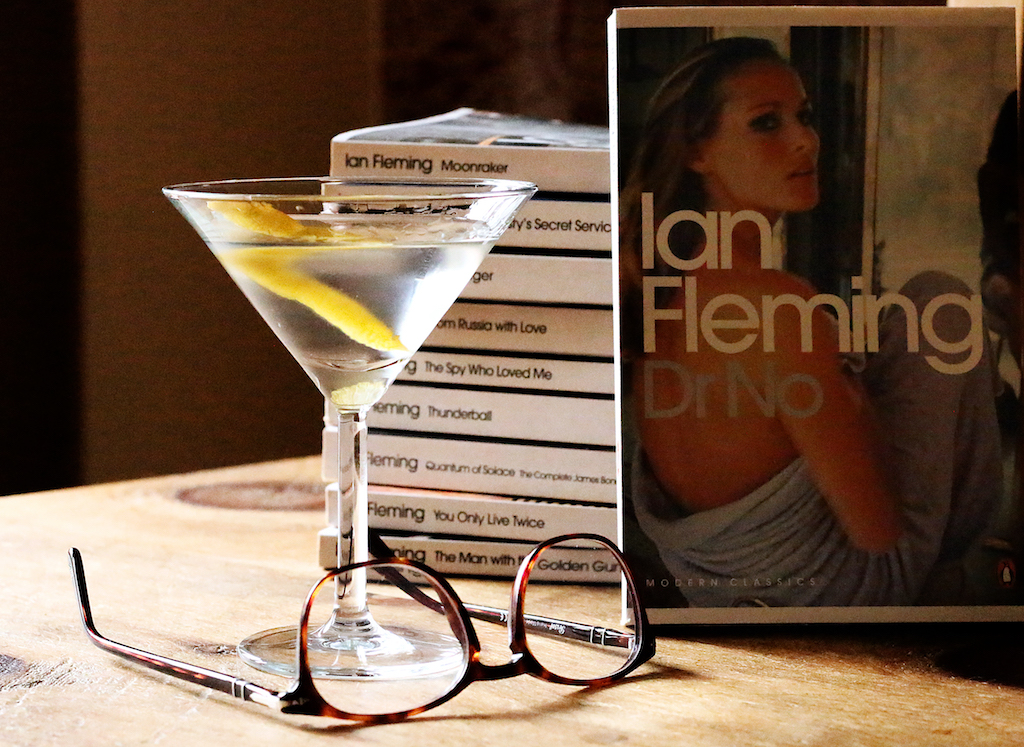

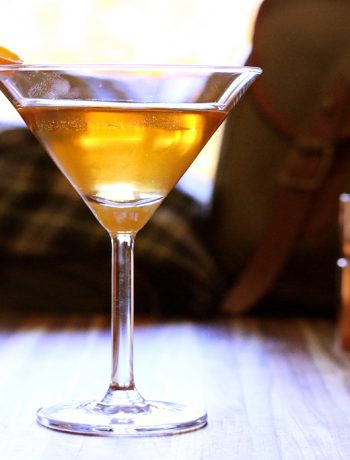
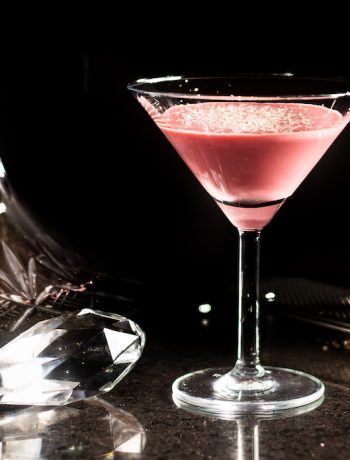
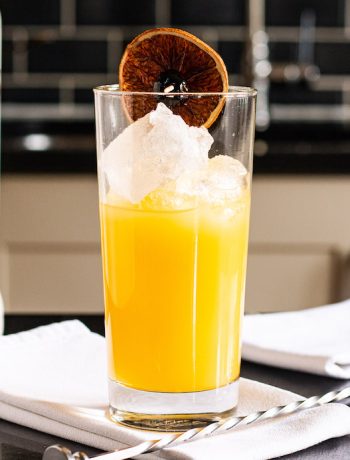
No Comments